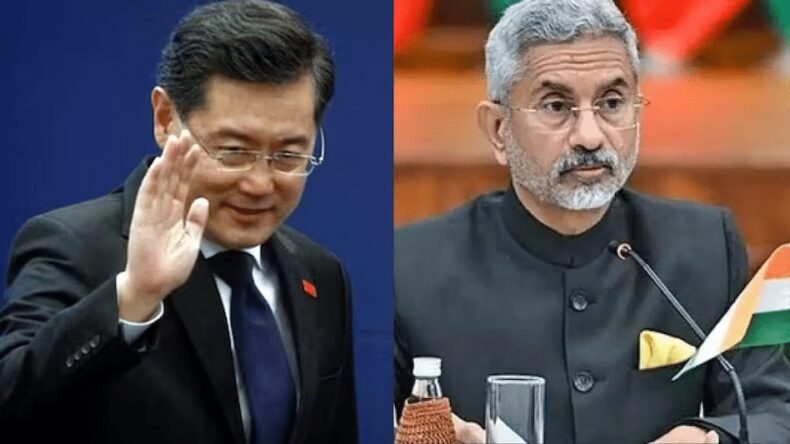The Jinping administration announced on Tuesday that their Finance Minister, Qin Gang, will attend the G20 Finance Ministers conference in New Delhi on March 1st and 2nd, 2024.

This will be Qin’s first visit to India since he replaced Wang Yi as Finance Minister in December 2022. This will also be his first bilateral meeting with Mr Jaishankar.
G20 FINANCE MINISTER CONFERENCE 2024
The G20 Finance Ministers’ conference will see the world’s three largest economies, the United States, China, and Russia, engage in communication. S Jaishankar, India’s external affairs minister, is slated to meet with colleagues from several nations.
It is also being envisaged that Mr Jaishankar would hold bilateral discussions with the US Secretary of state. Antony Blinken, Russian Foreign Minister Sergei Lavrov, Chinese Foreign Minister Qin, and his other counterparts.
During an official press meeting, the Chinese foreign ministry official, Mao Ning indicated that the focus of G20 should be on the pressing issues concerning the global economy. He also stated that the Chinese government is ready to work with all G20 members to take this finance minister’s conference towards a positive end.
INDIA-CHINA BILATERAL RELATIONS
In 1950, India formalized its diplomatic ties with China based on the Panchsheel principles. It has been nearly 72 years since the two countries attempted to coexist peacefully.
With changes in the political and economic paradigms, the two nations have always managed to capture worldwide attention, whether it is by being the world’s most populous countries, important Asian regional powers, or the largest economic market.
The two nations’ border issues began in 1961, when both governments banned all types of interactions, including economic, cultural, and non-governmental relations; as a result of this boundary dispute, the first of three Indo-China wars occurred.
From 1976-1990, India -China signed two extremely essential agreements one was to form a Joint Working Group (JWG) and the other was to establish a (Joint Economic Group), by these agreements the two neighbors committed to enhance and improve bilateral ties
PM Minister Narasimha Rao visited China in 1993 and signed an Agreement on the Maintenance of Peace and Tranquility along the LAC.
The 2005 summit, also known as the “handshake of two Asian Giants,” garnered worldwide notice when the two giants issued a joint statement marking the start of strategic cooperation for peace and prosperity.
As the two countries commemorated the 60th anniversary of diplomatic ties, 2010-2012 was designated as a year of friendship and cooperation between China and India. Between these years, the “Encyclopaedia of India-China Cultural Contacts,” a collaborative collection of cultural exchange activities, was signed.
Following the 7th BRICS Summit in 2015, the Jinping administration agreed to open the Nathu La crossing in Sikkim for the Indian official pilgrims to visit Kailash Mansarovar.
The Galwan Valley conflict in 2020 tarnished the bilateral ties between the two Asian behemoths. This episode ended 45 years of no violent conflict between the two countries. This incident resulted in the deaths of 20 Indian soldiers stationed along the LAC and an undisclosed number of Chinese soldiers.

Since this clash along the LAC, no major bilateral exchanges have happened between the two countries. From the Indian end it has been put clearly that the normalcy in ties can only be restored when the Chinese government disengages its troops along all fractional points along LAC.
This meeting at the G20 summit will serve as an icebreaker between the two nations and will assist them in evaluating the outcomes of diplomatic military negotiations to resolve the conflict.












